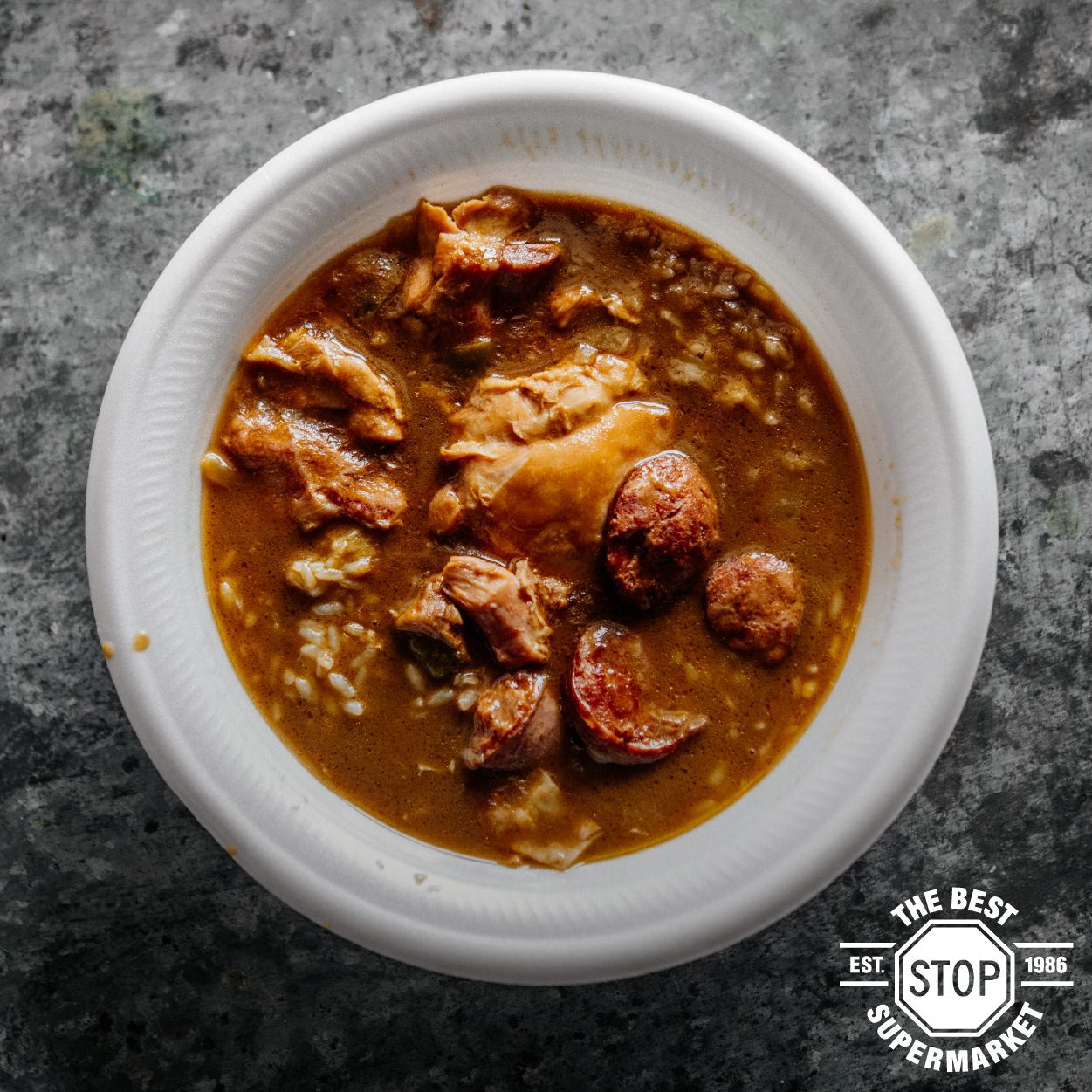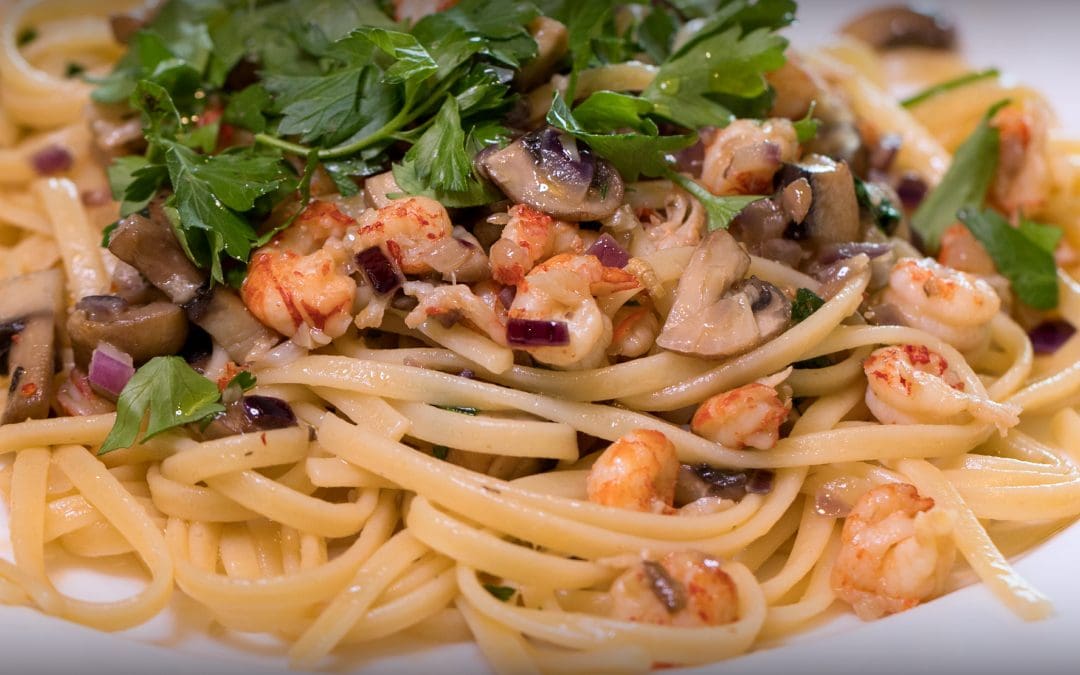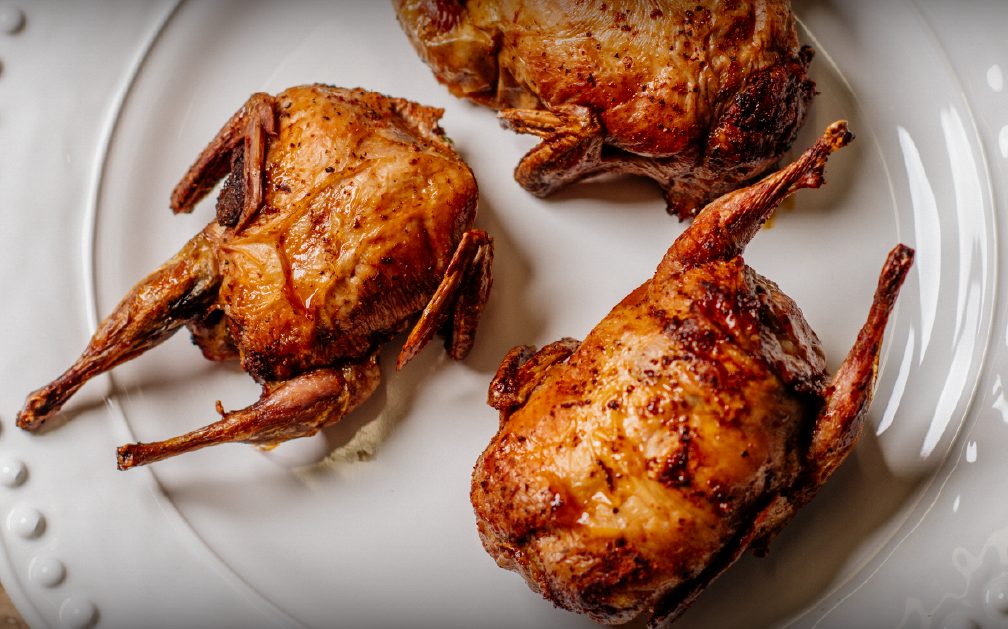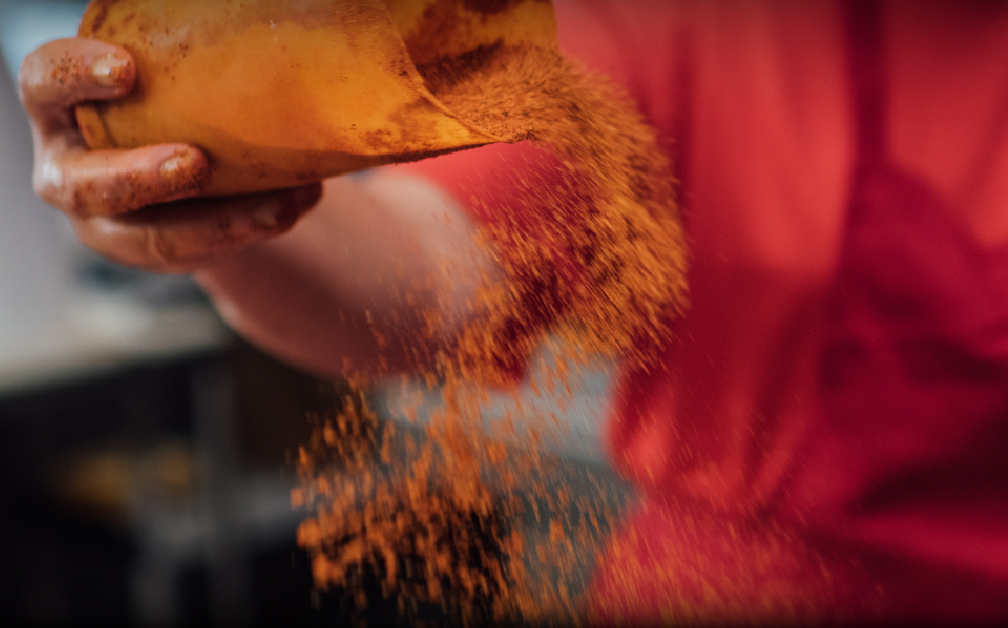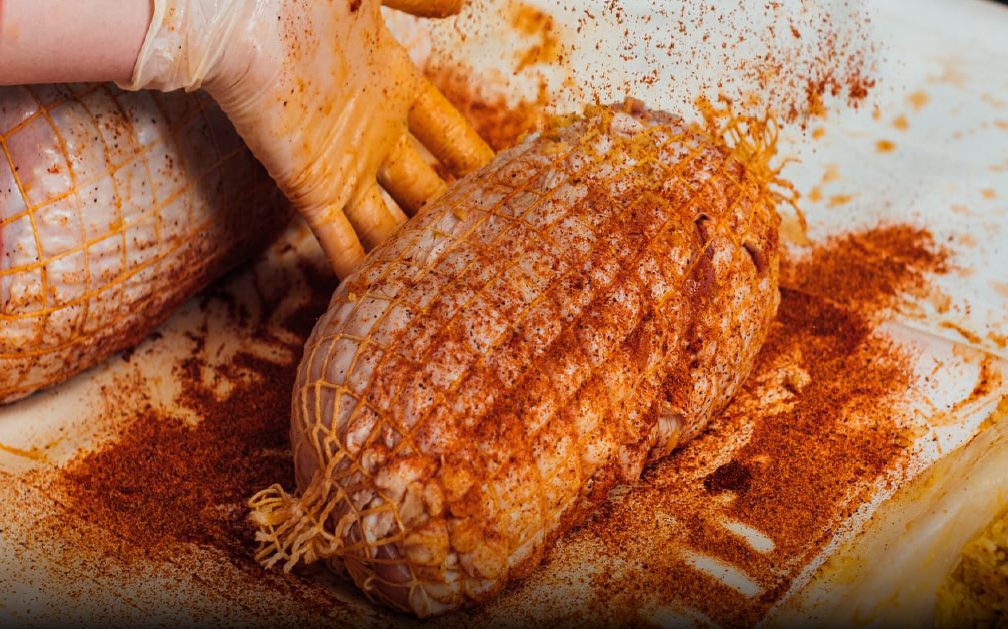Creole and Cajun foods have a lot in common, but despite their many shared qualities, they are two entirely different kinds of cuisine. For many of the folks that live in Louisiana, whether they’re in the heart of Cajun Country or near the Port of New Orleans—the difference between the two is intuitive: they simply know it when they see it. They also tend to hold strong opinions about which is better (especially when it comes to gumbo). For strangers to either area, it may be a lot more difficult to tell them apart. So what’s the difference, really?
The Basics
Even though Louisiana locals are seemingly born with an instinctive understanding of which foods are Cajun and which foods are Creole, it can often seem like the subtle differences are lost on the outside world. Many of us have clutched our pearls in frustration when a television chef or national print publication presents a “cajun recipe” or “creole dish” that doesn’t even resemble the foods we grew up with.
Ask a local the difference between Cajun and Creole cooking and you might get one of two simple answers. Some will say the main difference is that Creole cooking leans more heavily on tomato-based recipes, while the star of Cajun cooking tends to be the meat. Others will say that Creole cooking is city food, while Cajun cooking is country food. Neither of these answers are wrong, but they barely scratch the surface of the true differences between these iconic cuisines.
A Diverse State
Despite the outside world painting Louisiana with a broad brush—even in culinary circles—anyone who’s done a bit of traveling around the state knows that it’s diverse and varied enough to be classified as its own country. After all, who could really compare Breaux Bridge and Shreveport, or Alexandria and New Orleans? To journey from one city to another can often feel like visiting two opposite ends of the country. The wildlife, the music, the culture and (most importantly) the food are never quite the same.
This is mostly due to the fact that Louisiana has a storied and complex past—one that has very much shaped the state into what it is today. This past is still reflected in our cuisine, and every bite of our famous foods is like a small and delicious history lesson. To truly understand the difference between Creole and Cajun foods, we simply have to look to the past.
A City on the River: New Orleans and Creole Food
The history of New Orleans is a famous one. Thanks to its location at the mouth of the mighty Mississippi River, Louisiana (and its famous port city) were a highly sought after piece of real estate in the years leading up to—and following—the country’s independence. Ownership of the land changed hands multiple times, and all the while, trade continued to flow through the city. As a result, each ship that docked in New Orleans brought with it a different influence on its culture and cuisine. Spanish, French, African, Caribbean, Italian and even German cuisines were all added and reduced down into the melting pot of the Big Easy. Furthermore, these ships brought with them a variety of ingredients that otherwise might not have been cultivated and used as ingredients in their food. When you marry a diversity of culinary influences with access to a wide variety of ingredients (and throw in some of the seafood plucked right from the Gulf of Mexico), Creole cuisine is the result.
Getting Creative: Acadiana and Cajun Food
Unlike the bustling port of New Orleans, Cajuns had a less diverse population and virtually no access to the many exotic ingredients that seemingly poured into New Orleans. As a lower income community, Cajun people wasted nothing and used everything they had as creatively as possible, often cooking larger meals that could feed several for days.
After the Acadians were exiled from their northern home in the eighteenth century, they made their home in the unsettled wilderness of South of Louisiana, which we now call Acadiana. They quickly learned to be fiercely utilitarian and independent, and this had a major influence on their cooking. Their French roots played no small part in their culinary evolution, and the local population of Native Americans was influential as well, but it was their environment that had perhaps the most profound impact on Cajun cuisine. Using only the vegetables that could be grown on their plots, every part of the animals they raised, and every creature that could be plucked from the waterways that run through Acadiana—Cajuns created a unique and rustic cuisine. Their reluctance to waste anything edible gave us Cajun staples like boudin and cracklins, and their skillful seasoning techniques are why we now have the backyard crawfish boil!
Two Cultures United by Care
Despite the cultural and culinary differences of these two unique styles of cooking, there are lots of similarities to celebrate. A love of shellfish, well-seasoned food, the holy trinity of vegetables, the importance of a good roux— they all stand out as shared interests. If there’s anything that Cajuns and Creoles truly have in common, however; it’s the intense love and devotion that they put into their food. In Louisiana, food is so much more than just nourishment—it’s a love language; a way of life. Whether you prefer the hearty homestyle meals found across Cajun Country or the complex delicacy of Creole cooking, you’ll know it’s the real deal when someone has put their heart and soul into preparing it.
This love and attention is exactly what makes The Best Stop authentic. Sure, our foods are locally sourced and prepared in the heart of Cajun Country from time-tested recipes—but the pride and joy we take in making Cajun food for you and your family to enjoy is the true source of our authenticity.


